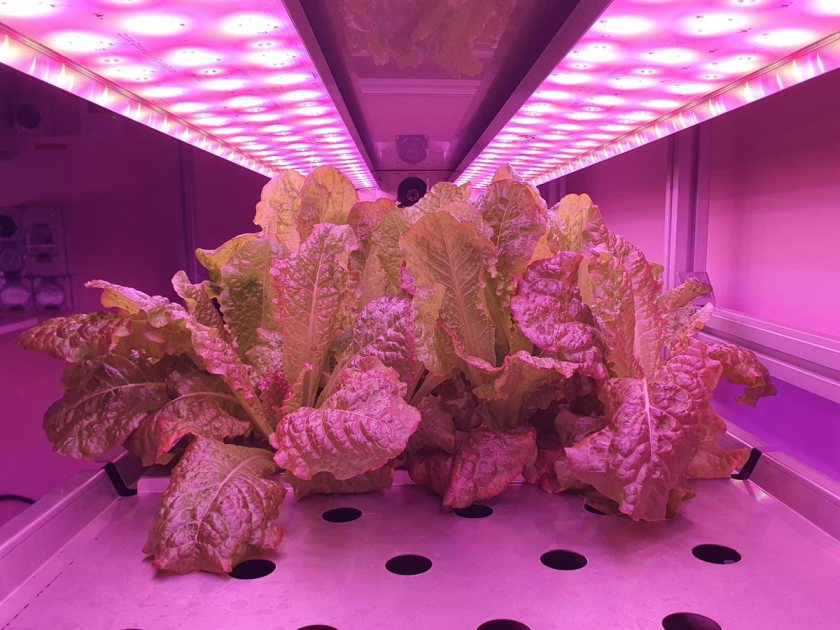
A project that will prototype a fully autonomous agriculture system for low Earth orbit is set to receive £1.5 million in funding.
The project aims to launch the in-orbit space farm on the world’s first commercial space station, constructed by Axiom Space and due to be in orbit in 2026.
Launched by the ARC Centre of Excellence in Plants for Space (P4S) and London-based Vertical Future (VF), the project is supported by UK Space Agency, NASA and the Australian Space Agency.
VF is the fastest-growing vertical-farming research and development company in the UK, and the funds will go towards developing a controlled-environment agriculture facility suitable for space missions.
Vertical Future’s chief scientific officer, Dr Jennifer Bromley, highlighted that investment in research and development for space-exploration technologies would benefit people on Earth.
“Through our approaches to farm communication and data management in this project, we will be in a position to offer the first fully remotely monitored farm system," she said.
The project aims to deliver prototypes for a fully autonomous agriculture system that can be monitored and operated remotely or with artificial intelligence.
Dr Paul Bate, chief executive of the UK Space Agency, said the ambition of the project was made possible by its international scope.
“Projects like this... highlight the many ways in which we can collaborate with the global space community to help humanity push the boundaries of space innovation,” he said.
“The projects supported by our International Bilateral Fund champion the best of British innovation, while strengthening our ties with the wider space community.
"Together we can break new ground, further our understanding of the Universe and use the vast power of space to protect and benefit lives on Earth.”
